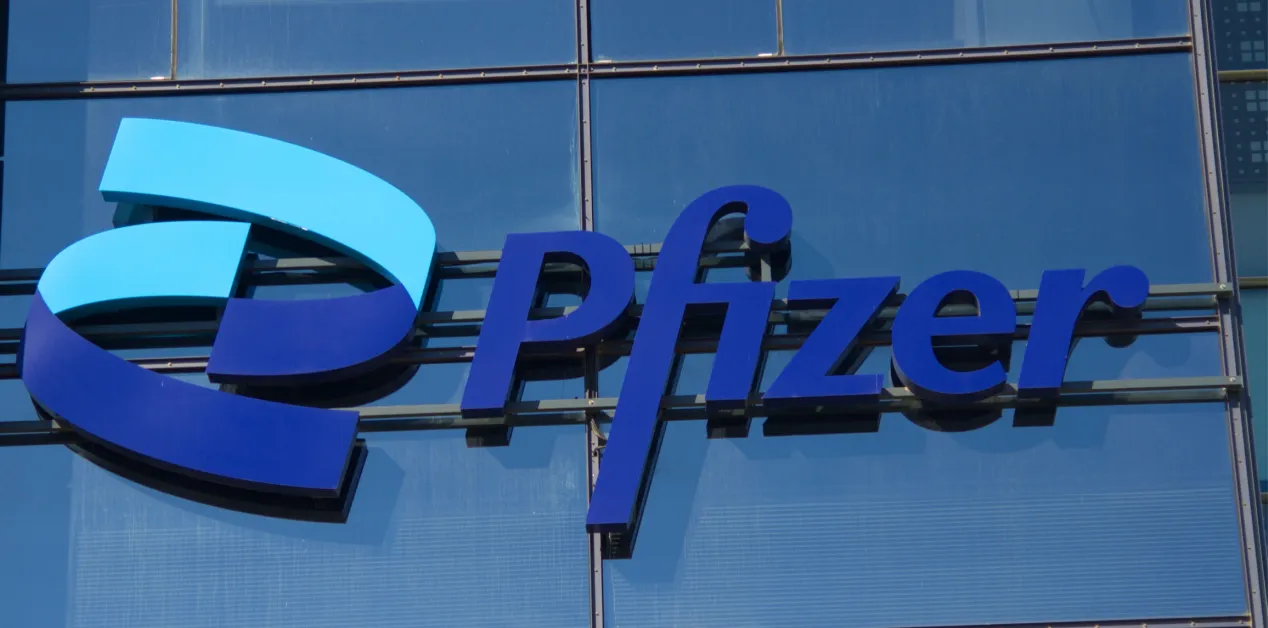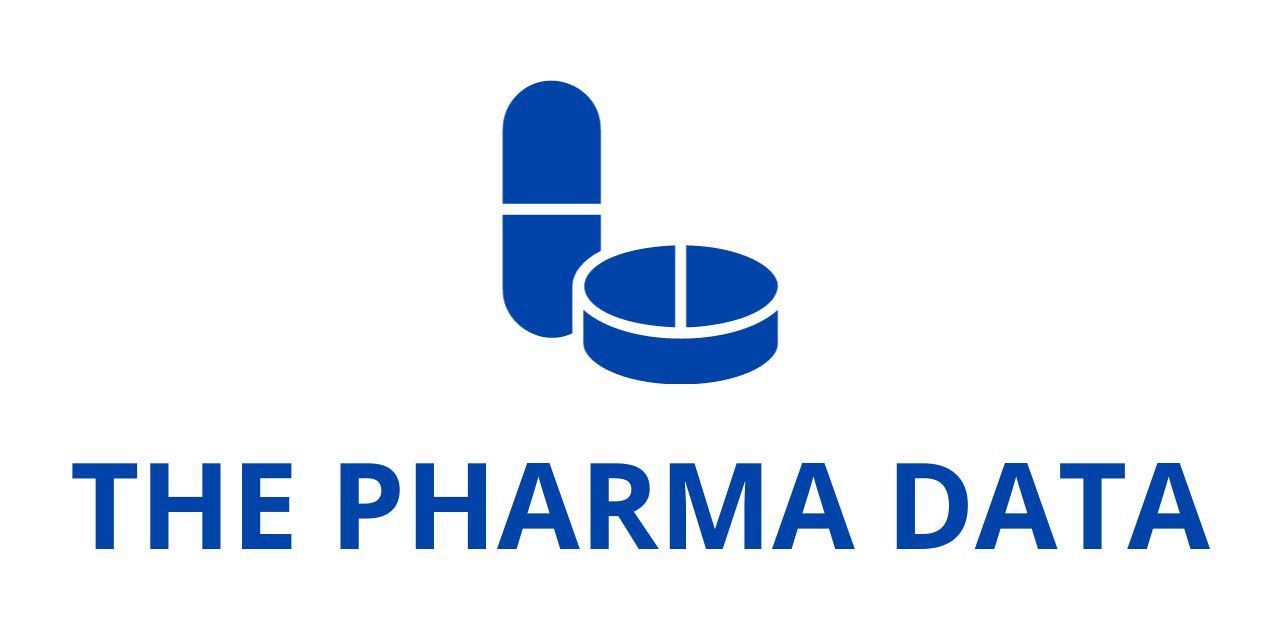
Pfizer’s Sasanlimab Boosts Event-Free Survival in High-Risk NMIBC
Pfizer Inc. (NYSE: PFE) announced today significant findings from its pivotal Phase 3 CREST trial evaluating sasanlimab, an investigational anti-PD-1 monoclonal antibody, in combination with the standard of care (SOC) Bacillus Calmette-Guérin (BCG) therapy for patients with high-risk, non-muscle invasive bladder cancer (NMIBC) who have not previously received BCG. The trial, aimed at addressing a long-standing gap in treatment innovation, met its primary endpoint of event-free survival (EFS), showcasing a statistically significant and clinically meaningful improvement when sasanlimab was administered alongside BCG induction and maintenance therapy, compared to BCG alone.
The results were striking: patients treated with the sasanlimab and BCG combination experienced a 32% reduction in the risk of disease-related events, such as high-grade disease recurrence or progression. Specifically, the hazard ratio (HR) was 0.68, with a 95% confidence interval (CI) ranging from 0.49 to 0.94, and a two-sided p-value of 0.019. Importantly, the median EFS had not yet been reached at the time of data cut-off, indicating durable benefits.
Presented today during a plenary oral session at the 2025 American Urological Association (AUA) Annual Meeting, these findings represent a potential paradigm shift in early-stage bladder cancer management. Pfizer’s sasanlimab combination therapy could redefine the standard treatment pathway for a disease that affects tens of thousands of patients each year and has historically been difficult to manage beyond BCG monotherapy.
A Closer Look at the Results
The primary endpoint, event-free survival (EFS), was defined as the time from randomization to the earliest occurrence of several critical events: high-grade disease recurrence, disease progression, persistence of carcinoma in situ (CIS), or death from any cause. The data showed that the probability of remaining event-free at 36 months was significantly higher in the sasanlimab plus BCG (induction and maintenance) arm at 82.1% (95% CI, 77.4–85.9%), compared to 74.8% (95% CI, 69.7–79.2%) with BCG alone.
Further pre-specified subgroup analyses revealed consistent benefits across different high-risk populations. For instance, patients with T1 disease—a higher-risk NMIBC subtype—saw an EFS hazard ratio of 0.63 (95% CI, 0.41–0.96). Meanwhile, patients presenting with CIS demonstrated an even more pronounced benefit, with an EFS HR of 0.53 (95% CI, 0.29–0.98).

Neal Shore, M.D., FACS, Medical Director at the START Carolina Research Center and lead investigator for the CREST trial, underscored the significance of the results, stating,
“New bladder cancer treatment options that help reduce rates of disease recurrence or progression are long overdue. Up to 50% of patients with high-risk NMIBC may experience failure of BCG intravesical immunotherapy, yet it has remained the standard of care after tumor resection for decades. These Phase 3 results show that combining sasanlimab with BCG induction and maintenance therapy earlier in the course of the disease significantly prolonged event-free survival, highlighting the potential of sasanlimab to redefine the treatment paradigm and meaningfully reduce the burden on patients.”
Addressing an Urgent Medical Need
Bladder cancer ranks as the ninth most common cancer globally, causing approximately 220,000 deaths annually. Non-muscle invasive bladder cancer accounts for around 75% of newly diagnosed bladder cancer cases, highlighting the urgent need for better therapies in this disease subset.
In the United States alone, an estimated 38,000 people are living with high-risk NMIBC. Although BCG therapy has been shown to reduce tumor recurrence rates, about 40–50% of patients eventually experience disease recurrence or progression despite initial treatment success. This underscores a clear and persistent unmet medical need for more effective and durable treatment options.
Megan O’Meara, M.D., Interim Chief Development Officer for Pfizer Oncology, commented on the broader implications of the CREST findings:
“Today’s pivotal Phase 3 CREST results offer a much-needed therapeutic breakthrough and spotlight sasanlimab as the first immunotherapy combination with BCG to significantly improve outcomes for patients with BCG-naïve, high-risk NMIBC in over three decades. These results are particularly impactful for patients with early-stage cancer who may benefit most from innovative regimens, including a subcutaneous immune checkpoint inhibitor, that delay disease recurrence or progression. They reinforce Pfizer’s commitment to patients with bladder cancer at all stages of the disease.”
O’Meara also noted that Pfizer plans to engage with global regulatory authorities to pursue potential approvals that could bring this new treatment option to patients as soon as possible.
Secondary Endpoints and Additional Insights
While the primary endpoint results were highly encouraging, it is important to note that not all secondary endpoints favored the investigational regimen. In particular, sasanlimab combined with BCG induction only (without maintenance) did not demonstrate a significant prolongation of EFS compared to the full standard of care (BCG induction and maintenance). In this secondary analysis, the hazard ratio was 1.16 (95% CI, 0.87–1.55; p=0.312), emphasizing the critical role of maintenance BCG therapy even when new agents like sasanlimab are introduced.
Early interim analysis of the overall survival (OS) endpoint, with a median follow-up of 40.9 months, showed no difference between treatment arms thus far. The study is ongoing for continued OS follow-up until final analysis.
Other secondary measures included complete response (CR) rates and duration of CR among patients with carcinoma in situ (CIS) at baseline. In this subgroup, the CR rate achieved at any time point was 89.8% for the sasanlimab plus BCG arm, compared to 85.2% for BCG alone. More impressively, among CIS patients who achieved CR, the probability of maintaining that response at 36 months was 91.7% with sasanlimab plus BCG versus only 67.7% with BCG alone.
These durable responses reinforce the potential clinical value of adding sasanlimab to BCG in this early-stage, high-risk population.
Safety Profile and Next Steps
Safety results from the CREST trial demonstrated that the overall tolerability of sasanlimab in combination with BCG was generally consistent with the known safety profiles of BCG and PD-1 inhibitors. No new safety signals were observed, and adverse events were in line with expectations based on prior clinical experience.
Pfizer has already shared these data with regulatory bodies around the world as part of its preparations for potential filings. If approved, sasanlimab could become the first immunotherapy to significantly advance the standard of care for high-risk NMIBC in more than 30 years.
As research and discussions continue, today’s announcement marks a major milestone not only for Pfizer’s oncology pipeline but also for the broader bladder cancer community—bringing hope to patients who have had limited new options for far too long.




